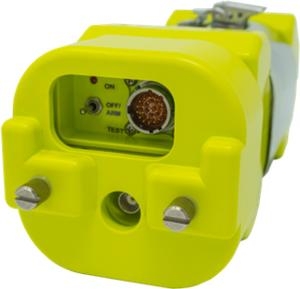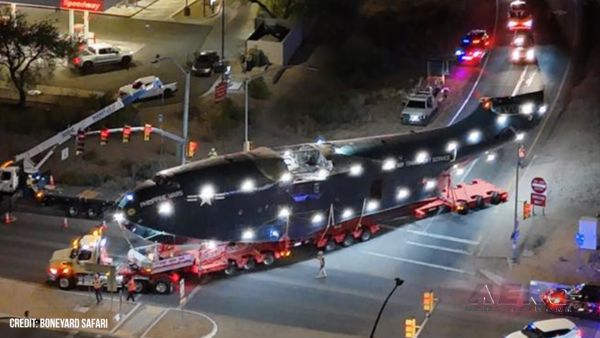Tue, Aug 28, 2018
Agency Recorded More Than 8,700 Such Alerts In 2017
The FAA has published in Information For Operators (InFO) focused on the issue of ELT false alerts. It also provides recommendations and additional information for the prevention of false alerts.

In 2017, ELTs generated 8,786 false alerts in the United States. The majority of 406 MHz ELT false alerts occur during testing and maintenance.
A false alert is a non-distress activation of a 406 MHz emergency beacon (either an ELT, Personal Locator Beacon [PLB], or Emergency Position-Indicating Radio Beacon [EPIRB] for maritime use). It can be caused by accidental activation during testing, mishandling, improper installation, or unfamiliarity with beacon operation. Search and Rescue (SAR) personnel respond immediately to every activation of a 406 MHz SAR Satellite-Aided Tracking (SARSAT) beacon. This response will stop only when it has been proven that the activation was a false alert. Because of this, every false alert has the potential to put rescuers in harm’s way and waste valuable resources. A method to help save time and resources for SAR personnel is to have a registered ELT.
The simplest and quickest way for SAR personnel to confirm a false alert is to place a phone call to the person to whom the ELT is registered. They do this using the information provided by the beacon owner in the National Oceanic and Atmospheric Administration (NOAA) SARSAT Beacon Registration Database system.
Aircraft operators and pilots should familiarize themselves with the information contained in this InFO. In addition, to help prevent false alerts, aircraft operators, and pilots should consider the following:
- Ensure that ELT self-tests and annual tests are conducted according to the manufacturer’s instructions.
- Register ELTs at www.beaconregistration.noaa.gov. Keep contact information up to date after registration.
- If the ELT is accidently activated, cancel the false alert by calling the U.S. Air Force Rescue Coordination Center at 1-800-851-3051 or the nearest Federal Aviation Administration Air Traffic facility and provide the beacon’s hex ID.
(Image from file)
More News
Fuel Remaining A phrase used by either pilots or controllers when relating to the fuel remaining on board until actual fuel exhaustion. When transmitting such information in respon>[...]
Aero Linx: Piper Aviation Museum Preserving the history and legacy of the Piper Aircraft Corporation and its founding family. In the past three years, the Piper Aviation Museum has>[...]
Klyde Has No Patience... FMI: www.klydemorris.com>[...]
Also: Tentative AirVenture Airshow Lineup, Supersonic Flight Regs, Private Pilot Oral Exam Guide, Boeing Deal The sport aircraft business can be a tough one... especially when Moth>[...]
Also: FedEx Pilots, Army Restructuring, Alaska ANG, Incentive for ATC Hiring EAA Chapter 534 in Leesburg, Florida announced that the 2025 Ray Aviation Scholarship winner is Abdiel >[...]
 ANN's Daily Aero-Term (05.19.25): Fuel Remaining
ANN's Daily Aero-Term (05.19.25): Fuel Remaining ANN's Daily Aero-Linx (05.19.25)
ANN's Daily Aero-Linx (05.19.25) Klyde Morris (05.16.25)
Klyde Morris (05.16.25) Airborne 05.19.25: Kolb v Tornados, Philippine Mars, Blackhawk Antler Theft
Airborne 05.19.25: Kolb v Tornados, Philippine Mars, Blackhawk Antler Theft Airborne-Flight Training 05.15.25: Ray Scholarship, Alto NG, Fighter Training
Airborne-Flight Training 05.15.25: Ray Scholarship, Alto NG, Fighter Training



